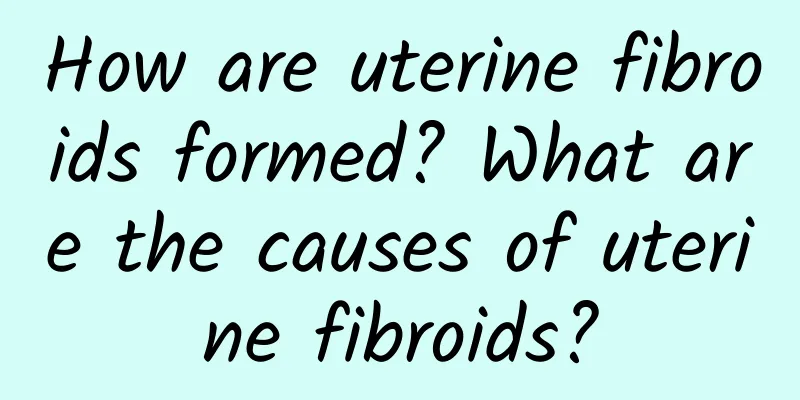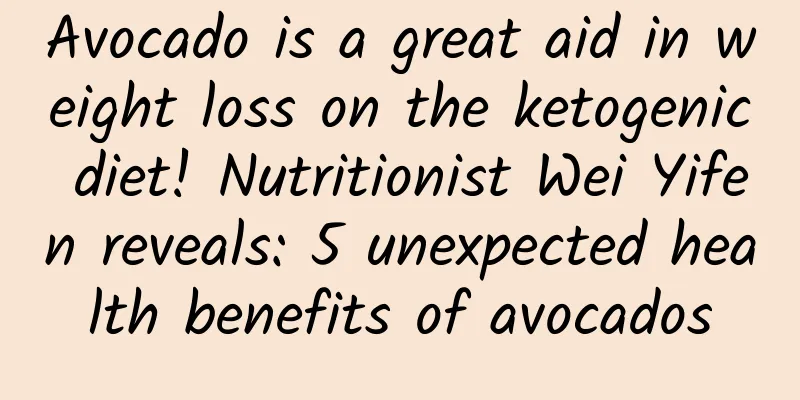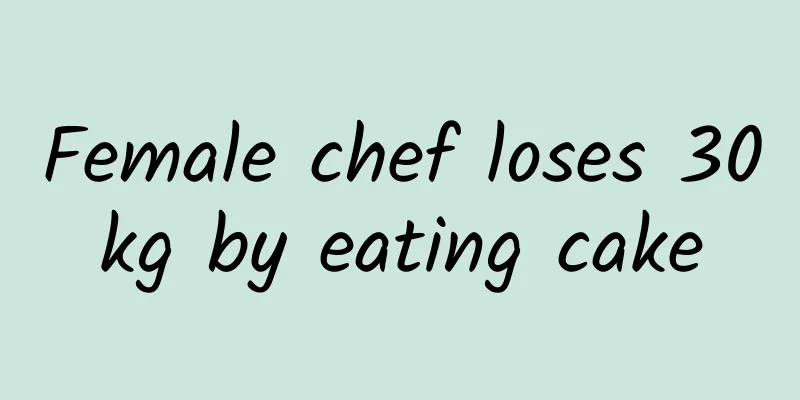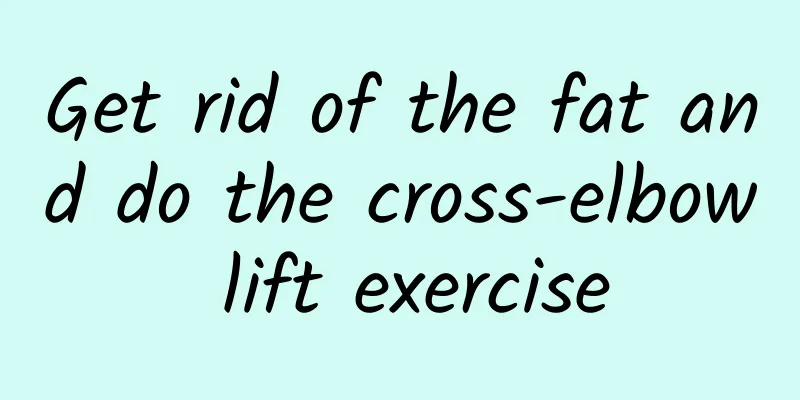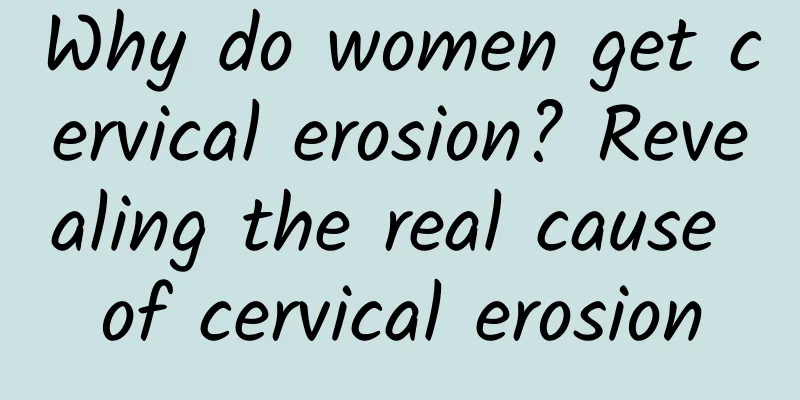3 tips for post-workout nutrition
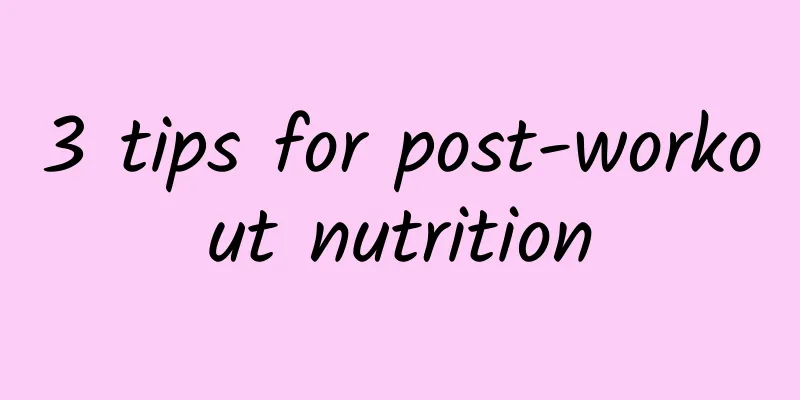
|
Appropriate nutritional supplementation after exercise can reduce fatigue, help repair damaged tissues, and even improve overall fitness and weight loss effects, but what kind of nutrition should be supplemented after exercise, how much should be supplemented, and when is the best time to supplement it? Consider taking a look at these three tips from Dr. Scott! Tip 1: Carbohydrate: Protein = 2:1 Carbohydrates can replenish glycogen and reduce fatigue after exercise, while protein can repair muscles. In addition to water, they are the two major nutrients that must be replenished after exercise! Canadian scholar John Berardi's research also mentioned that, under the premise of equal calories, supplementing carbohydrates and protein at the same time after exercise can promote the increase of glycogen more than supplementing carbohydrates alone, thereby achieving the effect of quickly replenishing energy, eliminating fatigue and reducing myosin loss. As for how much to supplement? Wang Siheng, a rehabilitation physician at Linkou Chang Gung Memorial Hospital, once mentioned in his personal book "Dr. Scott's One-Minute Weight Loss Class" that, in principle, the ratio of carbohydrates to protein is 2:1, but the actual intake still depends on the individual's training goals and physiological characteristics.
Tip 2: Think about the purpose of training before choosing ingredients When choosing the type of food, think about your training purpose first! If the main purpose is to "build muscle" or "restore physical condition", carbohydrates should be mainly sugars that can be quickly digested and absorbed, including sugary drinks, biscuits or bread. If the purpose is to lose fat, it is recommended to choose high-fiber foods such as sweet potatoes, bananas, and apples as sources of carbohydrates. For protein, try to stick to animal or high-quality plant protein. Eggs, dairy products, meat and beans are all good sources. Tip 3: Refer to the last meal to decide when to replenish nutrition Dr. Wang Siheng recommends that if the time between exercise and the last meal is more than 4 hours, nutrition should be replenished as soon as possible after exercise; if the time between exercise and the last meal is less than 4 hours, try to replenish nutrition within 2 hours after exercise. |
<<: Meridian weight loss is effective! To balance your Qi and blood, learn these two tricks first
Recommend
What are the precautions for patients with congenital absence of vagina?
What are the precautions for patients with congen...
Cervical precancerous lesions specialist hospital
What are the specialized hospitals for cervical p...
Have you heard of double-chamber decompression painless abortion?
Nowadays, more and more people are having abortio...
There are 3 major types of headaches during menstruation. How to relieve headaches?
20% of women experience pain during menstruation,...
How much does it cost to treat vaginal candidal infection?
How much does it cost to treat candidal vaginitis...
How to remedy headache after abortion? Five nursing measures should be taken after abortion
Because people nowadays have early sexual maturit...
Women don’t have to be afraid of turning 40! Defeat abdominal obesity, 3 types of food help improve metabolism
A woman is in her prime at 41, don’t let belly fa...
Will repeated abortions in women cause ectopic pregnancy? TCM syndrome differentiation and classification to treat ectopic pregnancy
Ectopic pregnancy is a common disease in modern g...
Can I get vaccinated after cervical precancerous lesions turn negative?
Yes. HPV vaccine can be administered after cervic...
What should I do after discovering uterine fibroids?
Uterine fibroids are benign tumors that grow in a...
Different types of vulvar leukoplakia have different symptoms
Traditional Chinese medicine believes that the on...
What are the symptoms of hyperprolactinemia? Don't ignore these 6 symptoms
The pituitary gland secretes prolactin, which is ...
Shenzhen abortion charges
If a woman becomes pregnant unexpectedly, abortio...
What can you eat after childbirth to relieve uterine fibroids? What can't you eat if you have uterine fibroids after childbirth?
What can you eat after childbirth to relieve uter...
If a woman with endometriosis wants to get pregnant, is it good or difficult?
Endometriosis (EMS) is a stubborn gynecological d...
